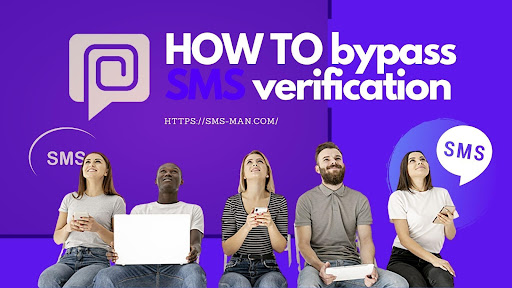If you’re looking to get a virtual number for SMS verification, you’ve come to the right place. In this article, we’ll be walking you through the process of getting a virtual number for SMS verification.
First things first: what is SMS verification?
SMS verification is when a service requires that you receive a text message with an SMS code in order to verify your identity. For example, if you want to use an app on your phone that requires an account but has no way of knowing who you are (like a social media app or something), they may require that you receive an SMS with a verification code before they let you sign up.
And now that we know what they are, I will tell you how we can bypass the SMS verification process and what virtual phone number for SMS.
What is a virtual phone number?
Virtual phone numbers are numbers that do not have a physical line. They can be used to receive SMS online or they can be used as a stand-alone number for your business.
Virtual numbers allow you to receive SMS for popular social media messengers, such as WhatsApp, Telegram, Viber and WeChat. In addition, virtual numbers can be used in place of a real phone number during online registration processes for websites and applications. With a virtual number, you can bypass the SMS verification procedure that is often required when signing up for accounts online
Virtual numbers allow you to:
- Receive SMS for popular social media messengers e.g. WhatsApp and Telegram.
- Bypass the procedure of SMS verification.
- Rent virtual phone numbers from different countries.
- To remain anonymous on the Internet and not to disclose your personal data.
- Avoid spam messages and advertising calls to your real number
A business phone number is an invaluable resource for a small business as many customers like to call a business before they will make a purchase there. A vanity phone number helps a business with marketing as these numbers are easier to remember for consumers. For more information, consider this resource on vanity phone numbers for businesses.
How to get a virtual number for SMS verification

SMS-man is the leading provider of virtual phone numbers for SMS activation, with more than 1000 different services and 350 countries of virtual numbers to choose from. SMS-man prices are minimal and service is available 24/7.
Follow the steps below to get a virtual phone number:
- First, you need to sign up with SMS-man. This is very simple and you can do it in less than 5 minutes. Go to the sms-man.com website, click on “Sign up” and enter your email and password.
- Once you are signed up at SMS-man.com, go back to the home page and click the “Payment” tab in the top menu to recharge your account.
- Choose the country of the cell phone number and one of the available services in the menu on the main page
- To get a virtual number, click the “buy” blue button next to the selected service
Done! Your number will be instantly added to the request history on the main page of the SMS-man website. You can use this virtual phone number to bypass phone number verification for any website or application. Received SMS will be displayed under the purchased number.
Appeio is a tech enthusiast and gamer who loves to write about the latest news and trends in the industry. He has been writing for over 5 years and has published articles on a variety of websites, including TechCrunch, IGN, and GameSpot. He is passionate about sharing his knowledge with others and helping them stay up-to-date on the latest tech news. In his spare time, he enjoys playing video games, watching movies, and spending time with his family.



![Best Samsung 5G Phones Under ₹30,000 in India – Latest Models & Reviews[May, 2025] Samsung A35 5g](https://appeio.com/wp-content/uploads/2025/02/Samsung-smartphones-under-30k-356x220.webp)
![Top 4 Best Samsung Phones under 40000 [April,2025] Top 4 Best Samsung Phones under 40000](https://appeio.com/wp-content/uploads/2021/05/Top-4-Best-Samsung-Phones-under-40000.jpg)







